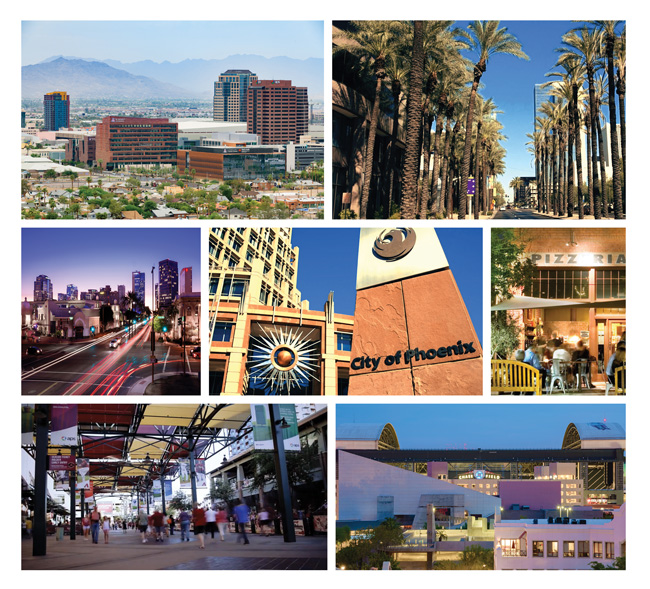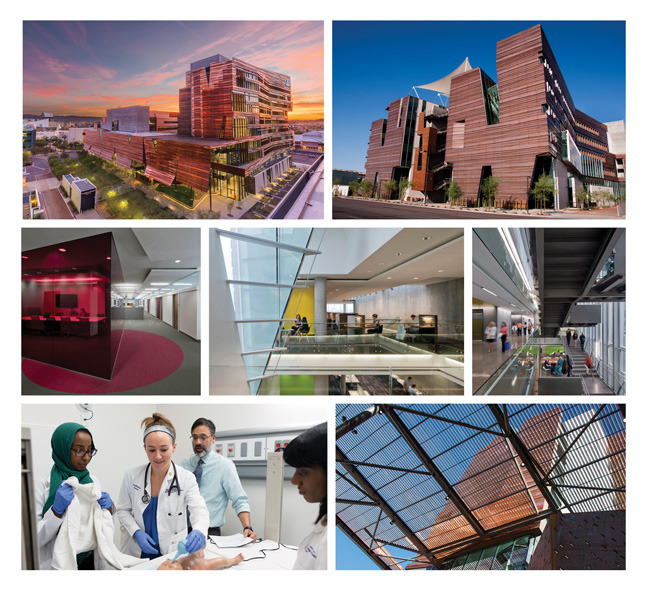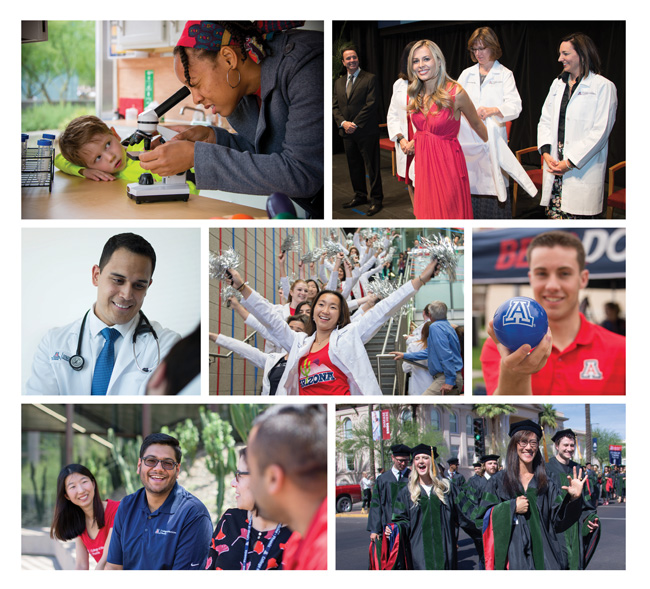An Image is worth a Thousand Words
DIY | Best Practices | Image Style | Examples | Department Chairs
The College's image brand is simple, bright and authentic — reflecting the unique brilliance of our people and campus.
When used effectively, photography is a powerful tool for elevating our brand. It can also be one of the most challenging to execute. These guidelines are meant to help clarify and carry out photo shoots that build on the brand.
Every photo should be:
- Differentiating
- Compelling and emotive
- Purposeful
Questions to ask before taking a photograph:
- What is the purpose of the photo?
- How will the image be used?
- What message is it communicating?
- Make a shot list ahead of time, based on the event schedule/program.
- Capture both the big scene and small details.
- If posed or “grip and grin” shots are necessary, be sure to also capture candid moments.
- Shoot from different vantage points.
- Even if purpose is documentation, shoot like you are telling a story.
- Pay attention to natural light and use as much as possible
Do It Yourself or Contact Media Production?
Your smart phone is great for capturing images of engagement at the College's events. DIY photography can capture impromptu moments and make them into memories. Follow along with this best practices guide and take your photography to the next level.
For signature or large events, you want images to be high-quality and strong enough to be used in print as well as digital format.
Reach out to Media Production and share your vision for the event.
Image Style: Simplicity
Simplicity-style photography creates ultimate clarity in the message or story of the photo. The goal is to present a story in its purest form, free of distraction and non-essential content.
Simplicity is:
- Focused (one message or story).
- Clean compositions with a minimalist foundation.
- Intimate emphasis on the subject through techniques such as composition, focus, lighting and color.
- Elimination of non-essential components within the frame that don't enhance the message.
- Having a controlled color palette.
Techniques:
- Eliminate non-essential components within the frame.
- Use a controlled color palette.
- Utilize photography techniques such as: composition, focus, depth of field, lighting, to guide the audience to the story you're trying to tell.
Image Style: Bright
Bright-style photography creates a positive mood in the storytelling of the photo. Creating photos that are light, bright and airy in tone, color and composition, produces a positive feeling for the audience making our branded images always feel open and welcoming. Subjects' expressions are also very important in creating a bright photograph. Expressions should be positive/happy.
Bright is:
- Light and airy. Whenever possible, include a large sky, or a large field of light-colored space in the photo.
- Positive. It is more than the light in the image. Brightness also reflects the mood of the story, which includes the expressions of the people in the images. Aim for connection, thinking about possibilities, smiles when appropriate, and comfortable, open postures.
- Warm. The mood of the setting, the actors and the environment should feel welcoming. The color temperature should remain neutral while the actions and expressions invite the viewer into the scene.
Techniques:
- Use natural lighting whenever possible. Artificial lighting should have a natural appearance.
- When shooting in low lighting or at night, use emphasis lights within frame. Add bright lights or colors in the props or background to lighten up the shot.
- Subject's expression should be positive, open and welcoming.
Image Style: Authentic
Authentic photography illustrates a truth about the University, but doesn't mean that we photograph everything exactly as it happens. We can and should show exemplars of the life and thinking that occurs on this campus in a way that tells the story clearly, remembering that a photograph is a freeze-frame of actions that occur over time.
Authentic is:
- Reflective of our location. With mountains, green grass, big sky and cactus, brick and copper.
- Diverse. Our student body, our faculty and staff come from different cultures, walks of life, backgrounds, points of view, and have different goals and desires. It's our job to reflect this in our imagery.
- Future-focused. Remember that we are educating future professionals in many fields, creating and planning for discoveries that will change the world.
Techniques:
- Consider balance of location, talent, props and action in the shot as elements that we should be aware of when creating an authentic scene.
- Consult with the subject matter experts to see if it resonates back to them.
Setting:
- Location-based photography helps establish our setting for audiences who are new to College and reinforces it for those who are familiar. It should represent the campus environment, the city, our surroundings, partners, outposts and observatories throughout the state and around the world.

Facilities:
- Our buildings, labs, studios and architecture are unique to the University of Arizona. In order to highlight the breadth and sophistication of our facilities, they should play an important role in our photography library.

Topical:
- Even more important than where the work is taking place is the kind of work being done. Students and faculty members at the University of Arizona study, research and observe in a vast number of fields, each with its own variety of topics. These different topics help build a comprehensive view of the depth and breadth of the University and should be documented as such.

People:
- Our people — students, faculty, staff, alumni, and community members — are the lifeblood of the University of Arizona. They are the driving force for what we do, as well as the audience we wish to impact. With this in mind, our image library should be reflective of the diverse, collaborative and engaging experience we offer.

Department Chair Image Guidelines
In order to publish your content, we would like to have a couple of photo sessions with you, so that we can utilize these images for a variety of marketing purposes. Here are some examples of the types of photos we would like to obtain.
In-Studio
- Directory photo in professional attire — not business casual. Suit and tie or professional dress are preferred for this image. It will have a white background.
- White Coat photo will be taken at the same time using black background with gradient.
Out-of-Studio
- Department Chair or Division Chief photo in professional attire — not business casual.
- Clinical setting/department banner (large image).
The out-of-studio photo shoot would take approximately 15-30 minutes and would be shot with coordination between our Media Production team and the Office of Marketing and Communications.
We anticipate the in-studio photo shoot will take approximately 15-30 minutes.
Our preference would be to shoot the out-of-studio shots first. Photo shoots will be on the U of A College of Medicine – Phoenix/Biomedical Campus. Our Tips for On-Camera Talent will assist you with questions on what to wear, etc.